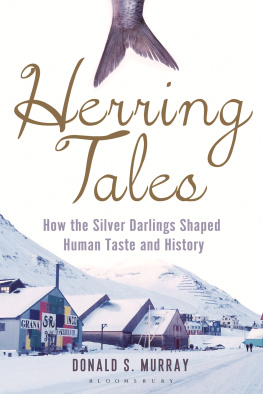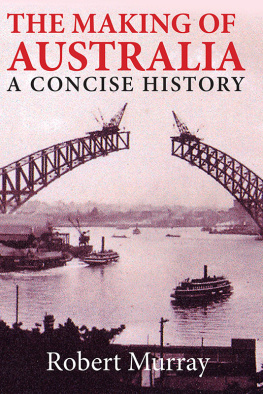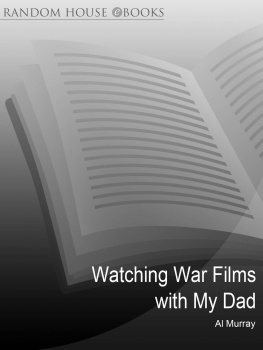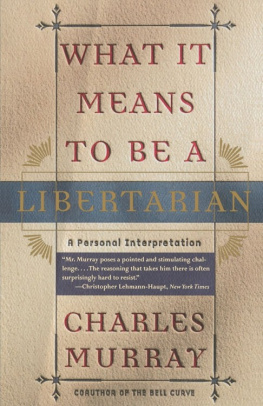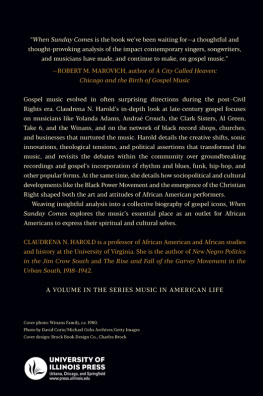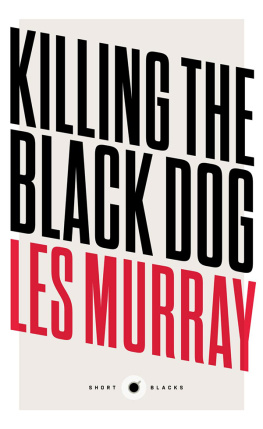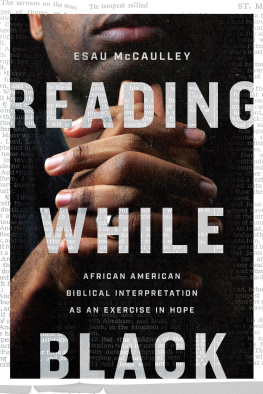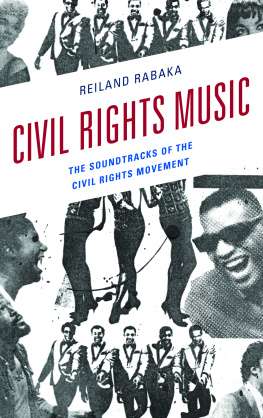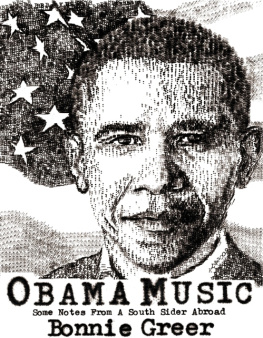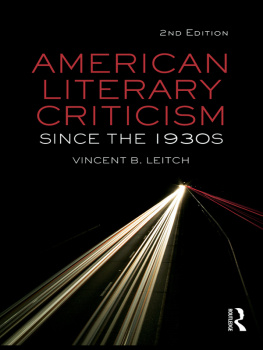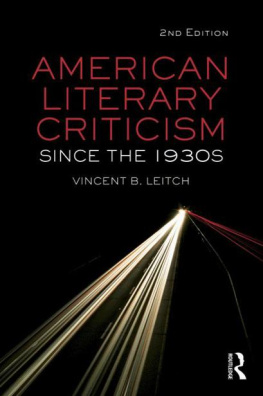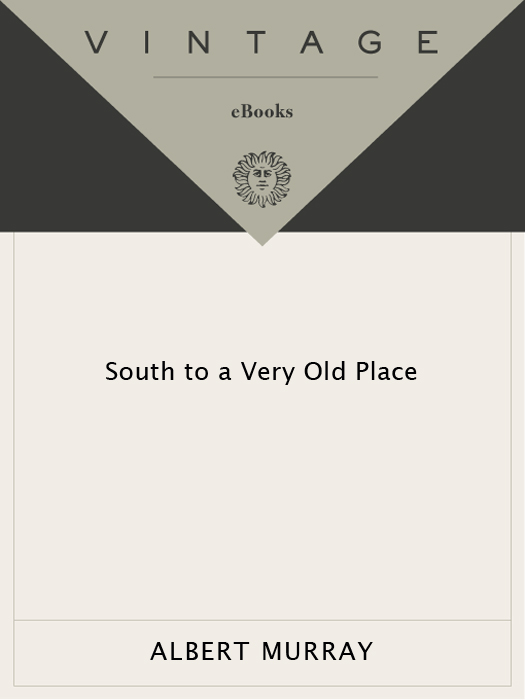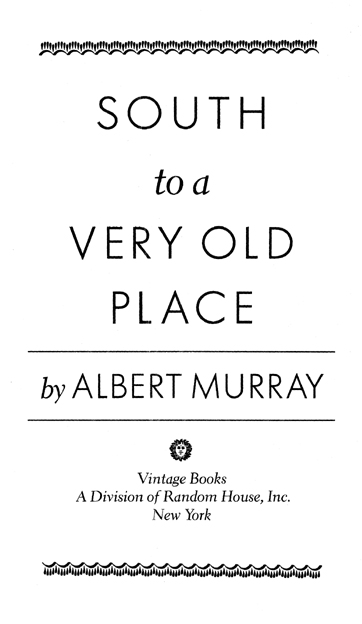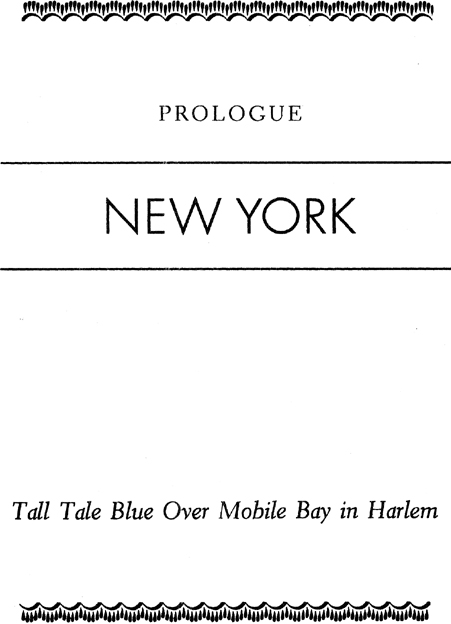Copyright 1971 by Albert Murray
All rights reserved under International and Pan-American Copyright Conventions. Published in the United States by Vintage Books, a division of Random House, Inc., New York, and distributed in Canada by Random House of Canada Limited, Toronto. Originally published in hardcover by McGraw-Hill Book Company, New York, in 1971.
Youth by Langston Hughes. From The Dream Keeper and Other Poems by Langston Hughes. Copyright 1932 Alfred A. Knopf, Inc.; 1960 Langston Hughes. Reprinted by permission of the publisher.
Thrilled. Copyright 1935 DeSylva, Brown and Henderson, Inc.;
1963 Chappell & Co., Inc.
The Music Goes Round and Round by Red Hodgson, Edward Farley and Michael Riley. Copyright 1935 Select Music Publications, Inc.;
1962 Anne-Rachel Music Corporation.
The Little Things You Used to Do (Warren Dubin). Copyright 1935;
1963 M. Witmark & Sons. Used by permission of Warner Bros. Music.
All rights reserved.
Library of Congress Cataloging-in-Publication Data Murray, Albert.
South to a very old place / by Albert Murray.1st Vintage Books ed.
p. cm.
Reprint. Originally published: New York : McGraw-Hill, 1971.
eISBN: 978-0-307-82861-3
1. Afro-AmericansAlabamaSocial life and customs. 2. AlabamaSocial life and customs. 3. Murray, AlbertChildhood and youth. 4. Afro-AmericansAlabamaBiography. 5. AlabamaBiography.
I. Title
[E185.93.A3M87 1991]
976.10049607302-dc20
[B] 91-50214
v3.1
(Stoop) if you are abcedminded, to this claybook, what curios of signs (please stoop), in this allaphbed! Can you rede (since We and Thou had it out already) its world? It is the same told of all. Many. Miscegenations upon miscegenations.
J AMES J OYCE
Finnegans Wake
But lo, the world hath many centres, one for each created being, and about each one it lieth in its own circle. Thou standest but an ell from me, yet about thee lieth a universe whose centre I am not but thou art. And I, on the other hand, stand in the centre of mine. For our universes are not far from each other so that they do not touch; rather hath God pushed them and interwoven them deep into each other, so that you do indeed journey quite independently and according to your own ends, whither you will, but besides that you are the means and tool, in our interwovenness, that I arrive at my goal.
T HOMAS M ANN
Joseph in Egypt
The true ancestral line is not necessarily a straight or continous one.
W. H. A UDEN
Journal of an Airman
Not everything in this book is
meant to be taken literally. Some
names have been changed, some not.

CONTENTS

You can take the A train uptown from Forty-second Street in midtown Manhattan and be there in less than ten minutes. There is a stop at Fifty-ninth Street beneath the traffic circle which commemorates Christopher Columbus who once set out for destinations east on compass bearings west. But after that as often as not there are only six more express minutes to go. Then you are pulling into the IND station at 125th Street and St. Nicholas Avenue, and you are that many more miles north from Mobile, Alabama, but you are also, for better or worse, back among homefolks no matter what part of the old country you come from.
But then, going back home has probably always had as much if not more to do with people as with landmarks and place names and locations on maps and mileage charts anyway. Not that home is not a place, for even in its most abstract implications it is precisely the very oldest place in the world. But even so, it is somewhere you are likely to find yourself remembering your way back to far more often than it is ever possible to go by conventional transportation. In any case, such is the fundamental interrelationship of recollection and make-believe with all journeys and locations that anywhere people do certain things in a certain way can be home. The way certain very special uptown Manhattan people talk and the way some of them walk, for instance, makes them homefolks. So whoever says you cant go home again, when you are for so many intentsand purposes back whenever or wherever somebody or something makes you feel that way.
There is also the D train which you can take from Forty-second Street over on Sixth Avenue, because that way you still come into the A train route at Columbus Circle. Or you can take Number Two or Number Three on the IRT, and the uptown Avenue will be Lenox, and if you get off at 125th Street you walk west to the old Theresa Hotel corner at Seventh, the Apollo near Eighth, and Franks Chophouse, on over toward St. Nicholas. At the 135th Street IRT stop you come out at the northwest corner of Lenox Terrace, and you are also at the new Harlem Hospital. From there, which is only a few steps from the AME Church that used to be the old Lincoln Theatre, you walk east to Riverton, Lincoln, and the water. But for the Schomberg Library, the YMCA poolroom, and Smalls Paradise, you walk west toward the hill and CCNY.
Sometimes, of course, all you need to do is hear pianos and trumpets and trombones talking, in any part of town or anywhere else for that matter. Or sometimes it will be pianos and saxophones talking and bass fiddles walking; and you are all the way back even before you have time to realize how far away you are supposed to have gone, even before you become aware of even the slightest impulse to remember how much of it you thought perhaps you had long since forgotten.
Sometimes it can be downhome church organs secularized to Kansas City four-four in a neighborhood cocktail lounge. It can be a Count Basie sonata suggesting blue steel locomotives on northbound railroad tracks (asDogging Around did that summer after college). It can be any number of ensemble riffs and solo licks that also go with barbershops and shoeshine parlors; with cigar smoke and the smell and taste of seal-fresh whiskey; with baseball scores and barbecue pits and beer-seasoned chicken-shack tables; with skillets of sizzling mullets or bream or golden crisp oysters plus grits and butter; and with such white potato salads and such sweet potato pies as only downhome folks remember from picnics and association time camp meetings. Or it can even be a stage show at the Apollo Theatre which sometimes rocks like a church during revival time. It can be the jukebox evangelism of some third-rate but fad-successful soul singer (so-called) that carries you back not only to Alabama boyhood Sundays with sermons followed by dasher-turned ice cream, but also to off-campus hillside roadside beer joints and Alabama pine-needle breezes.
So naturally it can also be Lenox Avenue storefront churches, whether somewhat sedate or downright sanctified. Or it can be the big league uptown temples along and off Seventh Avenue: such as, say, Big Bethel, Mother Zion, Metropolitan, Abyssinian Baptist, where on the good days Adam Clayton Powell, for all his northern-boy upbringing, sounds like Buddy Bolden calling his flock


